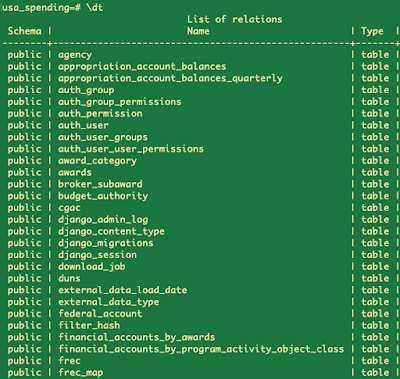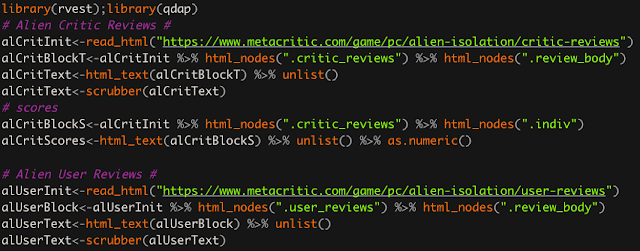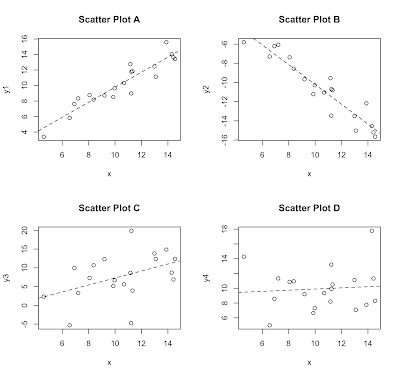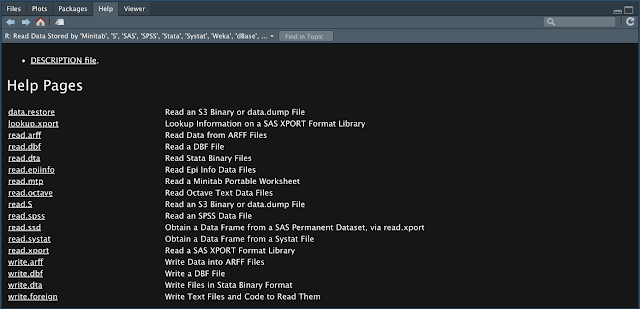Structural Machine Learning in R: Predicting Probabilistic Offender Profiles using FBI's NIBRS Data
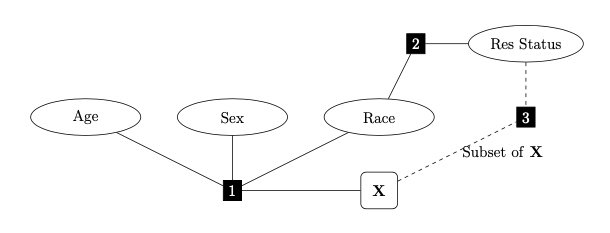
What is Structural Machine Learning? Most machine learning tasks are designed for classifying data, but what if you have multiple outcomes? Not only do you have multiple outcomes (Y's or output variables), but you also need to enforce specific relationships among those outcomes and your predictors (X). Traditional ML can do many things, but this is not one of them. Traditional ML classifiers have one outcome and they attempt to classify that univariate outcome. A genre of machine learning that handles multiple outcomes and allows data scientists to specify a structure among all variables of interest is called "structured prediction". This genre of ML has existed in the literature for many years, but isn't something I've come across much, so I figured I would present a simple form of structured prediction and motivate it with an illustrative example. The Problem I'll motivate this with the idea of criminal profiling. It's an interesting subject and somethin...
